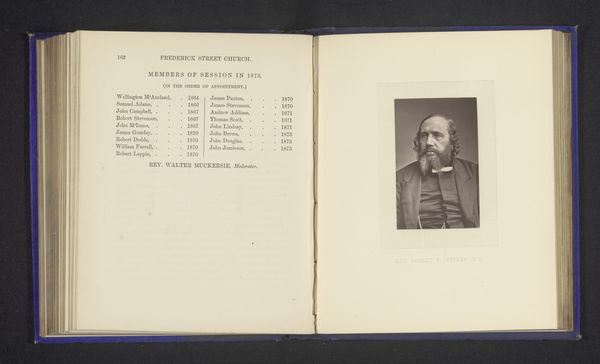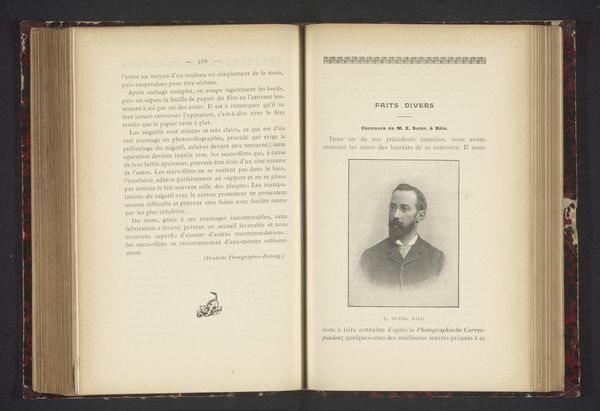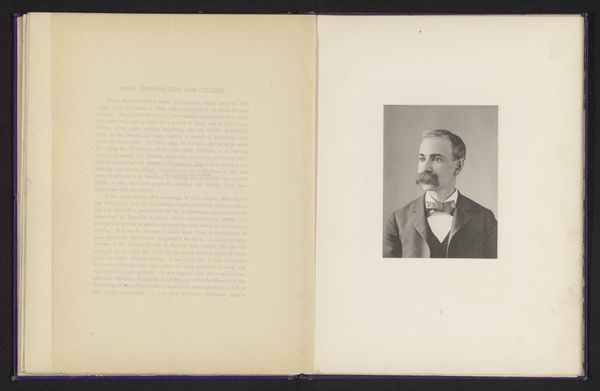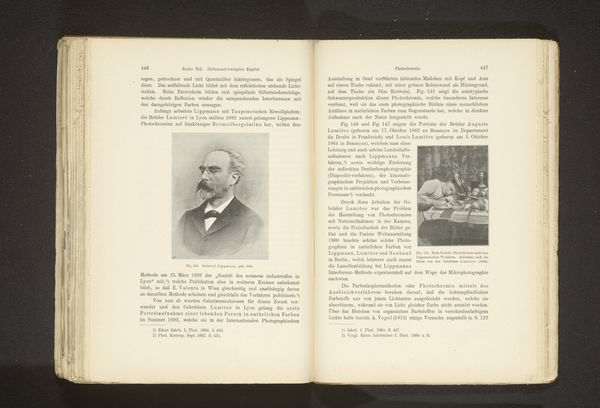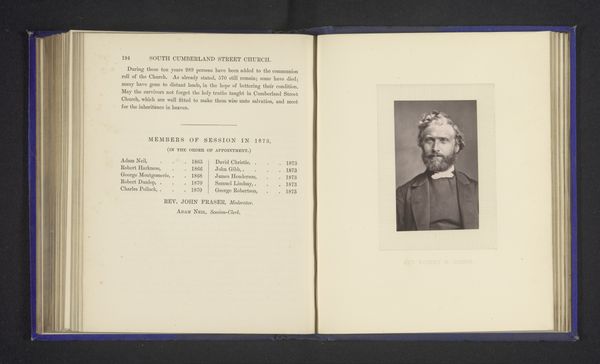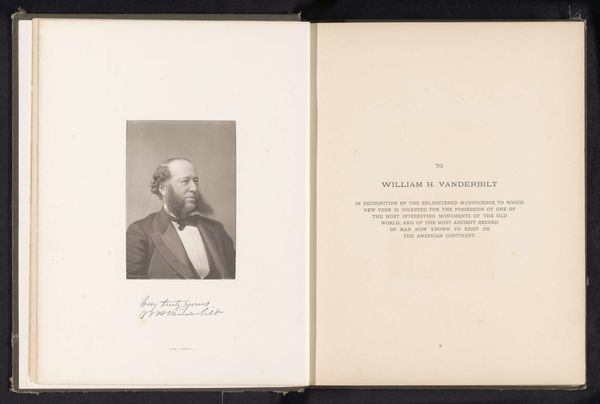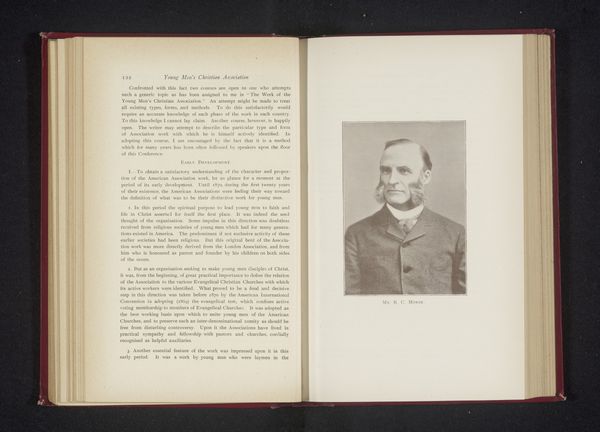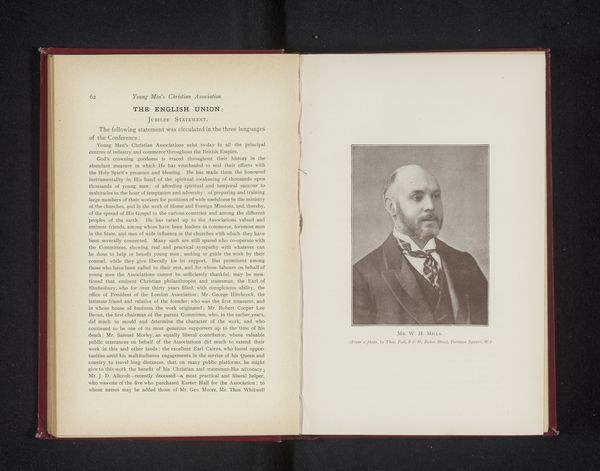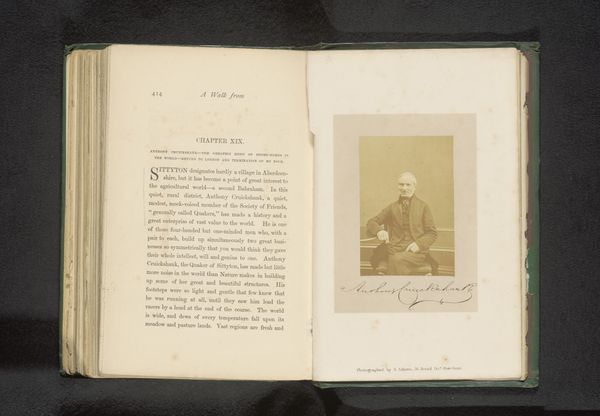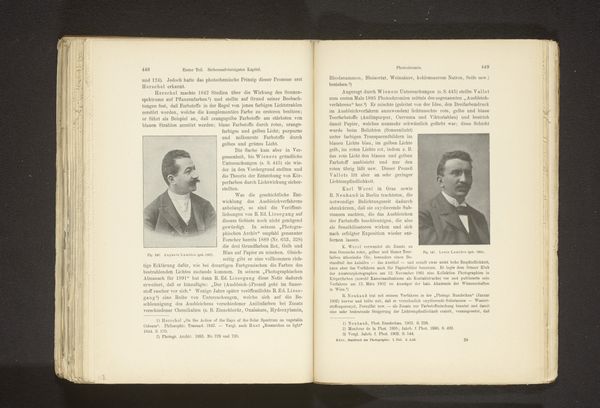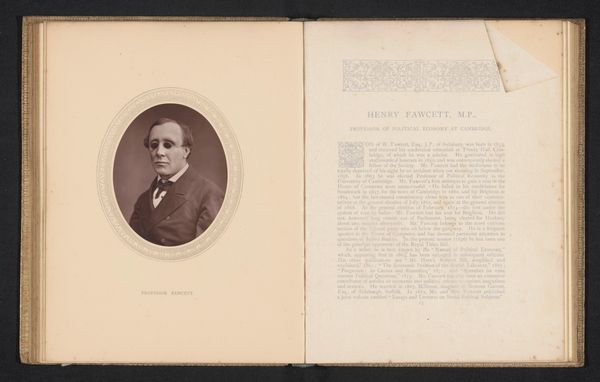
print, paper, photography, albumen-print
#
portrait
# print
#
paper
#
photography
#
paper medium
#
albumen-print
#
realism
Dimensions: height 88 mm, width 57 mm
Copyright: Rijks Museum: Open Domain
Editor: This is Thomas Annan's "Portrait of Robert Scott," made before 1875, an albumen print on paper. It’s quite a stern image; the sitter's gaze is very direct and intense. How do you interpret this work, beyond a simple portrait? Curator: The direct gaze is certainly arresting. It reminds us that portraits in this era weren't just about capturing likeness, but also about projecting social roles and inner character. The careful framing, the somber attire… it all contributes to a visual language meant to convey authority and piety. Do you notice any recurring symbols of the time that resonate with meaning, things you might have overlooked at first glance? Editor: Perhaps the slightly formal attire…the dark jacket? I don't see anything obvious that stands out as symbolic. Curator: Exactly! Black, by then, held serious implications - from the world of commerce to the sacred and the learned professions. Then, consider the facial hair; its presence—or absence— signaled particular social leanings. Even the lighting can speak volumes, guiding the viewer's gaze, sculpting the face to emphasize certain traits. It invites consideration of Scott's place within the larger tapestry of Victorian values. What lasting impressions does this resonate with you? Editor: It definitely makes me think about how much intention and performance go into portraiture, even back then. Not just a snapshot of a person, but a carefully constructed image meant to convey very specific ideas. Curator: Precisely. Every element becomes a potential signifier, contributing to the ongoing cultural conversation about identity, status, and virtue. It demonstrates how photography at that time acted as a mirror and a maker of its era. Editor: I see it now! Thanks, I'll remember that! Curator: Indeed, seeing portraiture, as any symbolic work, allows us to consider how the past is coded through enduring symbolic forms and values.
Comments
No comments
Be the first to comment and join the conversation on the ultimate creative platform.
